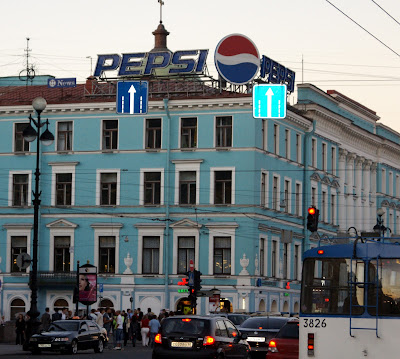Posted by Chandra Ward, ATLANTA, GA -- The Krog Street Tunnel is an ever changing one-of-kind landmark where those passing through are greeted with a colorful social networking platform. The tunnel is a town crier, a concrete community newspaper, as well as a space for artistic expression. Anytime you need to know what's happening in the city, take a trip through the tunnel. But what makes the tunnel most intriguing is that it could have been just another relic of all-too-familiar car culture -- a slab of ugly concrete through which automobiles pass back and forth. The fact that it evolved into an visual sound check for ideas, emotions, events, and communication demonstrates that even products of urban renewal can become spaces of organic expression. To me Krog Street Tunnel represents the humanization of what could have been an emotionless, sterile structure of the urban landscape. Modern structures and technology can isolate communities from their natural and built environs. The Krog Street Bridge is a reclamation of urban space where people just happen to be generous enough to permit cars to move through it.
Chandra Ward is the Assistant Editor of Social Shutter and a Doctoral student in the Sociology Department at Georgia State University. She can be reached at chandradward@gmail.com.


































